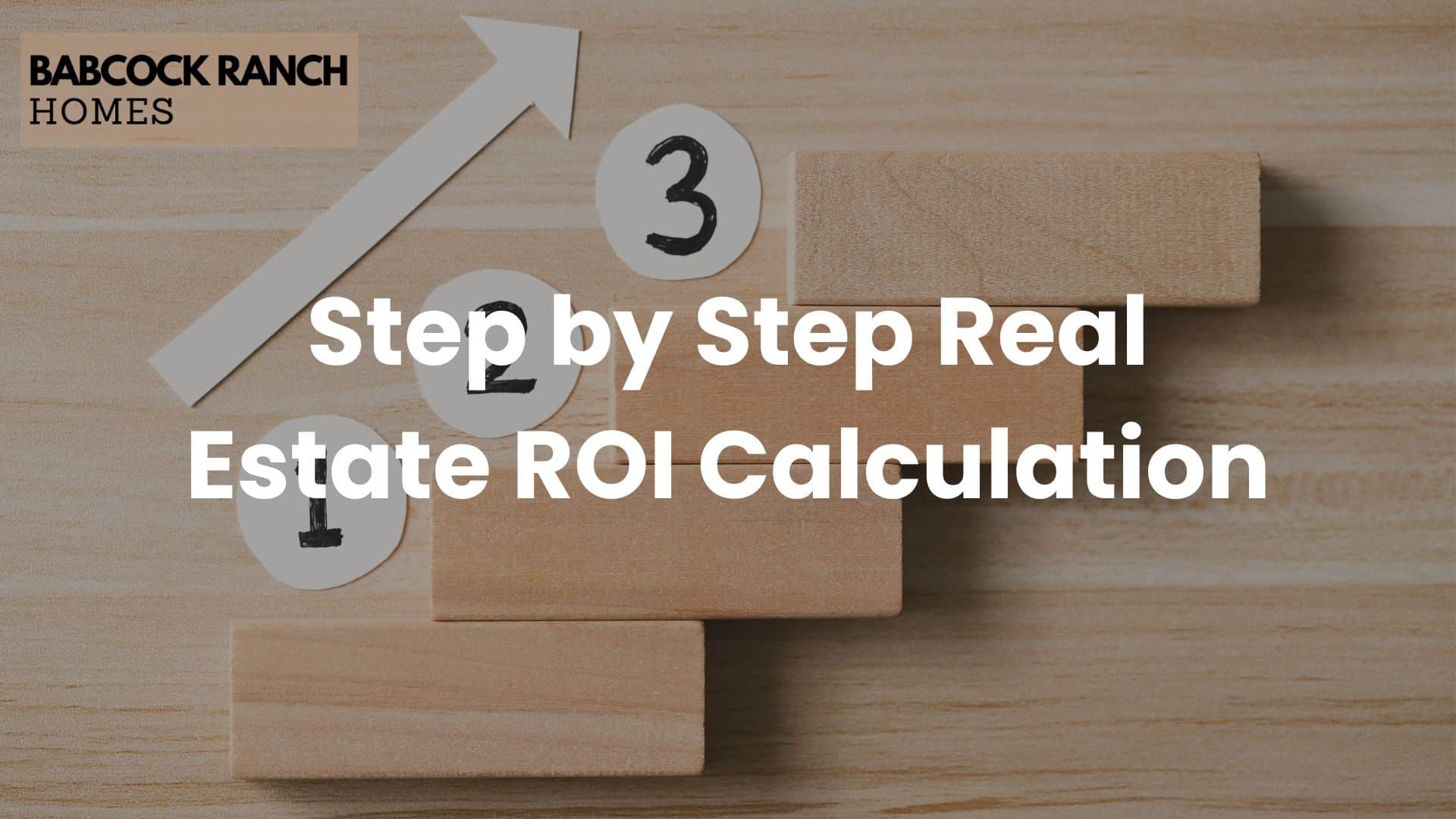Strong financial metrics are essential for businesses and investors to assess stability. One critical indicator, often abbreviated as DSCR, measures an organization’s capacity to meet its debt obligations using available income. This ratio plays a pivotal role in lending decisions, especially in real estate and commercial financing.
Babcock Ranch Homes, a trusted resource for property investors in Babcock Ranch, Florida (518-569-7173), emphasizes the importance of understanding this metric. By comparing net operating income to total debt service, stakeholders gain clarity on cash flow reliability. Lenders typically prefer higher ratios, as they signal reduced risk when approving loans.
For example, a company generating $500,000 annually with $200,000 in debt payments would have a ratio of 2.5. This suggests comfortable repayment capacity. Real estate investors particularly benefit from monitoring this figure, as it directly impacts financing options and long-term portfolio growth.
Key Takeaways
- DSCR evaluates income against debt payments to gauge repayment ability
- Higher ratios improve loan approval chances and financial credibility
- Net operating income forms the numerator in DSCR calculations
- Real estate investors use this metric to assess property cash flow viability
- Local experts like Babcock Ranch Homes offer specialized guidance for Florida markets
Introduction to Debt Service Coverage Ratio
Managing cash flow effectively requires understanding how earnings stack up against financial obligations. This is where the debt service coverage ratio becomes a vital tool for businesses and property investors alike.
Defining DSCR and Its Importance
DSCR compares a company’s net operating income to its total debt payments. Banks use this metric to evaluate whether borrowers can comfortably repay loans. A ratio above 1.25 generally indicates sufficient income to cover debts, while lower figures may raise concerns.
| DSCR Range | Lender Perception | Loan Approval Likelihood |
|---|---|---|
| 1.0 – 1.24 | Caution Required | Conditional Approval |
| 1.25 – 1.49 | Moderate Confidence | Standard Terms |
| 1.5+ | Strong Position | Preferred Rates |
About Babcock Ranch Homes and Financial Insights
Babcock Ranch Homes helps Florida investors navigate complex financial metrics. Their team explains how local market trends affect DSCR calculations for residential and commercial properties. This knowledge empowers clients to structure deals that meet lender requirements while maximizing returns.
Whether evaluating a business loan or rental property, understanding these ratios strengthens negotiation positions. Later sections will explore calculation methods and industry-specific applications to deepen your financial planning skills.
Understanding the Core Components of DSCR
Effective debt management hinges on understanding two fundamental elements: income generation and repayment obligations. These pillars determine whether organizations can sustainably meet financial commitments while maintaining growth potential.
Breaking Down Net Operating Income and Debt Service
Net operating income (NOI) represents earnings after subtracting operational costs like utilities and maintenance. For a rental property, this might include $200,000 in annual rent minus $80,000 in expenses. Crucially, taxes and financing costs aren’t included in NOI calculations.
Total debt service covers all principal and interest payments within a specific period. A business with a $500,000 loan at 6% interest would have annual repayments of $38,500. Lenders examine both figures through this formula:
DSCR = Net Operating Income / Total Debt Service
How Lenders Analyze Cash Flow and Risk
Financial institutions evaluate cash consistency using these components. A DSCR below 1.0 signals potential repayment struggles, while ratios above 1.5 demonstrate comfortable margins. Consider these lender thresholds:
| DSCR Range | Risk Assessment | Typical Action |
|---|---|---|
| 1.0 – 1.24 | Elevated Risk | Higher Rates |
| 1.25 – 1.49 | Manageable Risk | Standard Review |
| 1.5+ | Low Risk | Preferred Terms |
For instance, a commercial building generating $120,000 NOI with $80,000 annual debt payments achieves a 1.5 ratio. This balance reassures lenders about consistent repayment capacity. Later sections will demonstrate practical calculation methods using real-world scenarios.
what is a good debt service coverage ratio
Financial health benchmarks vary across sectors, but most lenders consider ratios above 1.25 as acceptable. Real estate ventures often require higher thresholds due to market volatility. A commercial property generating $300,000 annually with $150,000 in loan payments achieves a 2.0 ratio – signaling robust repayment capacity.
Industry standards reveal distinct expectations:
| Industry | Typical Minimum | Preferred Range |
|---|---|---|
| Manufacturing | 1.25 | 1.5-2.0 |
| Retail | 1.3 | 1.75-2.25 |
| Multifamily Housing | 1.2 | 1.4-1.8 |
Babcock Ranch Homes advisors note: “Properties with ratios below 1.25 often require additional collateral in Florida’s competitive market.” This regional insight highlights how location impacts lending criteria.
Lenders typically reward higher ratios with favorable terms. A tech startup securing a 2.5 DSCR might qualify for lower interest rates than one at 1.3. These metrics help borrowers negotiate better deals while minimizing default risks.
Accurate calculations remain critical. Overestimating net operating income or underestimating total debt service creates false security. Regular reviews ensure metrics reflect current cash flow realities, especially during economic shifts.
Calculating DSCR: Methods and Practical Examples
Mastering DSCR calculations requires precision and attention to financial details. This process helps investors and lenders assess repayment capacity through concrete numbers rather than estimates.
Step-by-Step DSCR Calculation Process
Follow this four-step method for accurate results:
- Calculate net operating income: Subtract operating expenses from gross revenue
- Determine total debt service: Sum all principal + interest payments for the year
- Apply the formula: DSCR = NOI ÷ Annual Debt Obligations
- Compare results to lender thresholds
Consider a manufacturing company with $2,150,000 NOI and $350,000 in annual debt payments:
2,150,000 ÷ 350,000 = 6.14 DSCR
This strong ratio would qualify for premium loan terms. Common errors include:
- Overlooking variable interest rates
- Miscalculating maintenance costs in NOI
- Ignoring seasonal revenue fluctuations
Real Estate and Business Application Examples
Compare these scenarios:
| Case | NOI | Debt Service | DSCR |
|---|---|---|---|
| Apartment Complex | $480,000 | $320,000 | 1.5 |
| Tech Startup | $890,000 | $620,000 | 1.43 |
Babcock Ranch Homes analysts observe: “Florida rental properties often achieve 1.4-1.8 ratios due to steady tourism income.” This regional specificity demonstrates how location impacts calculations.
Lenders use these figures to determine maximum loan amounts. A 1.25 ratio might secure $1M at 6% interest, while 1.75 could unlock $1.4M at 5.25%. Regular recalculations during economic shifts prevent outdated assumptions.
DSCR in Real Estate and Commercial Lending
Property investors rely on concrete metrics to secure financing and evaluate income potential. The debt service coverage ratio serves as a flashlight, illuminating whether rental earnings can sustainably cover mortgage payments
Assessing Property Cash Flow with DSCR
Consider a 12-unit apartment building generating $180,000 annual rent. After subtracting $65,000 in operating costs, the net operating income totals $115,000. With annual mortgage payments of $85,000, the DSCR calculates to 1.35 – a green light for most lenders.
Financial institutions use these figures to gauge risk exposure. A table from recent Florida market data shows:
| DSCR Range | Loan Approval Rate | Interest Rate Variance |
|---|---|---|
| 1.0-1.24 | 58% | +1.25% |
| 1.25-1.49 | 82% | Base Rate |
| 1.5+ | 94% | -0.75% |
Impact on Mortgage and Loan Terms
Babcock Ranch Homes advisors note: “Investors with DSCR above 1.5 often access credit lines for portfolio expansion.” Lenders may adjust terms significantly based on this metric. A commercial property at 1.8 DSCR might secure 30-year financing, while one at 1.2 could face 20-year limits.
Portfolio-level analysis matters too. Investors managing multiple properties should track both individual and combined ratios. This dual perspective helps negotiate better terms during refinancing or new acquisitions.
Advantages and Limitations of DSCR
Financial decision-making tools often reveal their true value through balanced evaluation. The debt service coverage ratio offers distinct benefits while requiring careful handling to avoid misinterpretation.

Benefits for Investors and Lenders
This metric creates common ground for financial discussions. Lenders appreciate its ability to quantify repayment capacity, while investors use it to compare operational efficiency across companies. Key advantages include:
- Clear risk assessment through standardized benchmarks
- Improved loan structuring based on cash flow patterns
- Enhanced creditworthiness evaluation for borrowers
Unlike profitability ratios, DSCR accounts for actual cash available for debt payments. Consider how different metrics compare:
| Metric | Focus | Strengths |
|---|---|---|
| DSCR | Cash/debt alignment | Meets lender requirements |
| ROI | Profit percentage | Assesses investment returns |
| Current Ratio | Liquidity snapshot | Short-term obligations |
Challenges and Common Calculation Errors
Despite its utility, this ratio has limitations. Accounting methods for net operating income can vary, potentially distorting comparisons. A manufacturing firm might exclude equipment leases from expenses, while a retailer counts them – creating inconsistent baselines.
Frequent calculation mistakes include:
| Error Type | Impact | Prevention Tip |
|---|---|---|
| Overlooked expenses | Inflated NOI | Audit cost categories |
| Miscalculated principal | Understated debt | Review loan amortization |
| Seasonal income spikes | Unrealistic ratios | Use 12-month averages |
Babcock Ranch Homes analysts recommend: “Update calculations quarterly and cross-verify with bank statements.” This practice helps maintain accuracy amid changing market conditions or operational shifts.
Interpreting DSCR Metrics for Financial Health
Financial metrics act as compasses guiding decisions for lenders and borrowers. Understanding where your numbers stand relative to industry standards helps predict loan outcomes and operational resilience.
Key Thresholds and Industry Benchmarks
Lenders categorize risk using universal DSCR thresholds:
| Ratio | Risk Level | Typical Response |
|---|---|---|
| <1.0 | Critical | Loan denial |
| 1.0-1.24 | High | Collateral demands |
| 1.25-1.49 | Moderate | Standard terms |
| 1.5+ | Low | Preferred rates |
Industry-specific expectations vary significantly:
| Sector | Minimum | Strong Performance |
|---|---|---|
| Healthcare | 1.3 | 1.8-2.2 |
| Hospitality | 1.15 | 1.4-1.7 |
| Tech Startups | 1.25 | 2.0+ |
A Babcock Ranch Homes analyst explains: “Florida vacation rentals often maintain 1.6-1.9 ratios due to seasonal income patterns – lenders account for these fluctuations during reviews.”
Three factors influence metric changes over time:
- Revenue growth from new contracts
- Interest rate adjustments on loans
- Operational cost reductions
Businesses can optimize ratios by renegotiating loan terms during refinancing windows or diversifying income streams. Monthly tracking helps identify trends before they impact creditworthiness.
Conclusion
Navigating financial obligations becomes clearer with proper metric analysis. The DSCR serves as a vital compass for evaluating repayment capacity through net operating income and total debt service. Investors and lenders alike benefit from its standardized approach to assessing cash flow reliability.
Accurate calculations prevent common pitfalls like overestimating revenue or ignoring seasonal fluctuations. Strategic monitoring helps maintain ratios that meet lender thresholds, often leading to improved credit terms and smoother loan approvals. This metric particularly empowers real estate decisions by linking property performance to financing options.
Babcock Ranch Homes specializes in translating these financial concepts into actionable strategies. Their team helps clients optimize debt service management while navigating Florida’s dynamic markets. Whether analyzing commercial properties or residential portfolios, expert guidance ensures sustainable growth.
Ready to strengthen your financial position? Call Babcock Ranch Homes at 518-569-7173 for tailored advice on maintaining healthy ratios. Master your DSCR understanding today to unlock tomorrow’s investment opportunities with confidence.




















